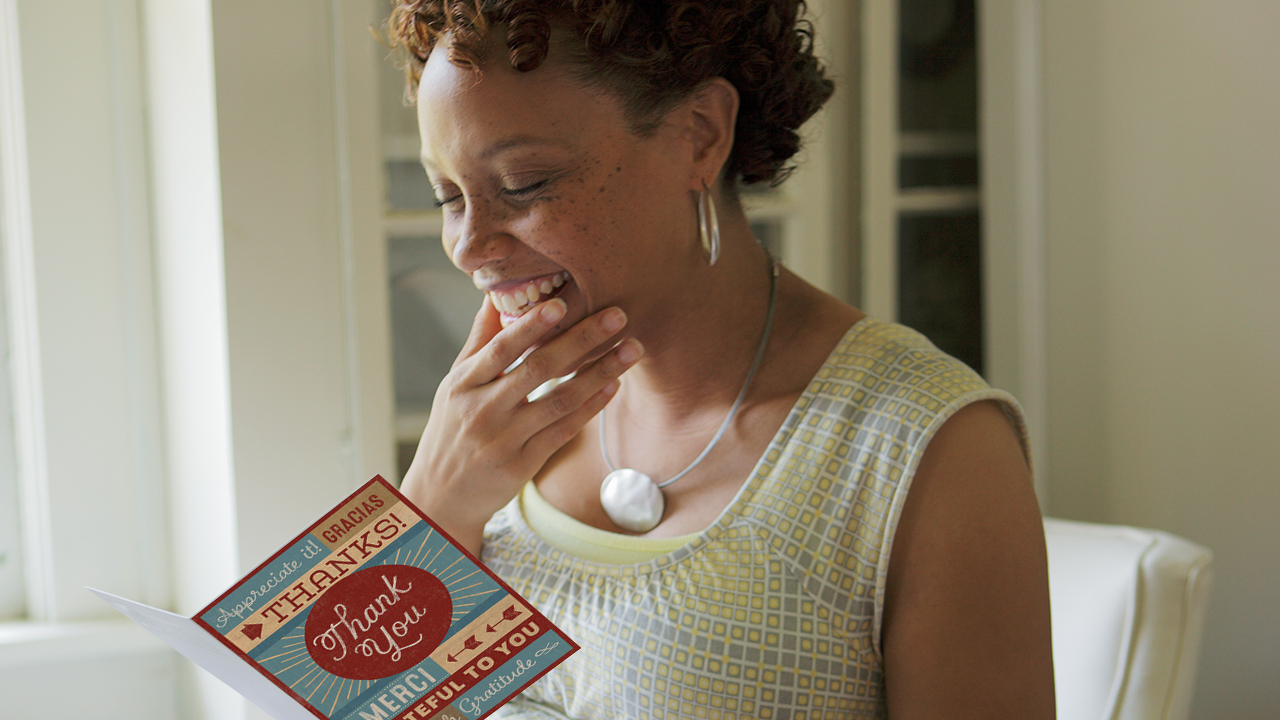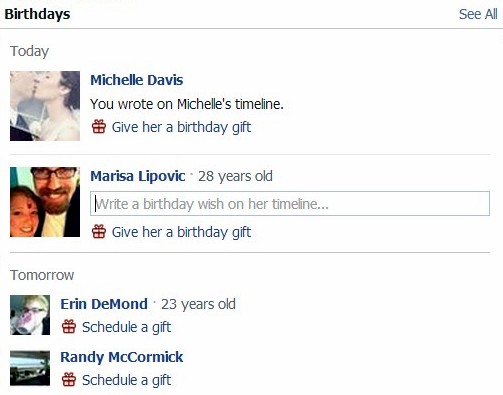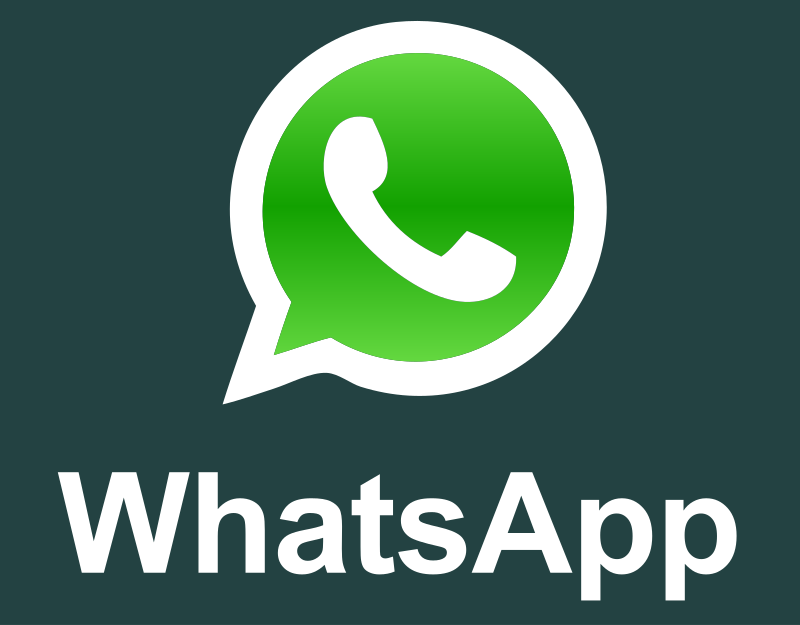
What Is A Printhead And Where Can You Find It On Your Printer?
Curious about how printheads work? Check out our newest blog to learn more.

Posted by Stef Cowie
What began with simple e-cards has now evolved into a vibrant array of social media messages, showcasing a remarkable shift in how we exchange greetings.
Digital greeting cards have transformed significantly since the Internet’s inception
The tradition of sending greeting cards is rooted in ancient China, where people shared goodwill messages to mark the New Year. Similarly, early Egyptians used papyrus scrolls to send their greetings.
By the early 15th century, Europe saw the rise of handmade paper greeting cards being exchanged among friends and family
The digital world started to develop when social media made a scene. With the convenience of announcing events and special occasions, the platforms are an easy option to reach out to family and friends with the news.

The emergence of social media platforms in the mid-2000s transformed how we exchange digital greetings. With the rise of sites like Facebook, Twitter, and later Instagram, we gained fresh avenues to share messages, images, and videos.
Facebook has become a go-to platform for sharing birthday greetings and celebratory messages
With features such as birthday reminders and the option to tag friends in posts, it has never been easier to recognise those special moments. This transition from traditional email to social media marks a notable evolution in how we connect and celebrate in the digital age.
Platforms such as Canva and Adobe Spark have transformed the landscape of digital greetings by offering accessible templates and design tools.
Users can now effortlessly create personalised e-cards, social media content, and videos, infusing their photos, text, and graphics into each piece.
E-cards made it possible for people to send greetings instantly, sidestepping the traditional requirements of postage and delivery
This innovation was particularly beneficial for those who needed to send messages at the last minute or were looking to save money on standard cards.
This trend towards customisation has not only made digital greetings more special but has also helped connect the realms of online and offline communication in a meaningful way.
Applications such as WhatsApp, Messenger, and Snapchat have emerged as favoured channels for sharing quick and spontaneous greetings.
The convenience of sending instant messages, photos, and videos straight from a mobile device has made digital greetings feel more personal and immediate.

Mobile apps come equipped with fun features like stickers, GIFs, and emojis, which enhance the expressiveness of digital interactions
Cultural and social trends have consistently influenced our communication methods, and digital greetings are no different.
The emergence of memes, internet slang, and viral challenges has transformed how we express greetings, mirroring the evolving tastes and communication styles of various generations.

For instance, younger individuals frequently opt for memes or GIFs to send their greetings, as these formats encapsulate humour and relatability.
Instagram Stories and TikTok challenges introduce innovative ways to share greetings that resonate with contemporary cultural standards
As we gaze into the future, the realm of digital greetings is set to become increasingly innovative and thrilling.
With the rise of technologies such as augmented reality (AR), virtual reality (VR), and artificial intelligence (AI), the landscape of how we craft and share digital messages is on the brink of a remarkable transformation.
The allure of traditional greeting cards is undeniable, as evidenced by the 54% of American consumers who opted for them over e-cards in 2023.

The emotional connection that comes with a physical card, the chance to express oneself through a handwritten message, and the ability to cherish it for years contributed to their enduring popularity.

Curious about how printheads work? Check out our newest blog to learn more.

Aspect ratio refers to the proportional relationship between the width and height of an image.
Most of us are familiar with letterheads but we rarely reflect on their importance.
Be the first to hear about new releases and latest offers by subscribing to the mailing list.
By using this website, you agree to the storing of cookies on your device to enhance site navigation, analyse site usage, and assist in our marketing efforts.
Please view our Privacy Policy for more information.